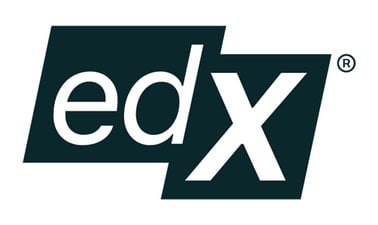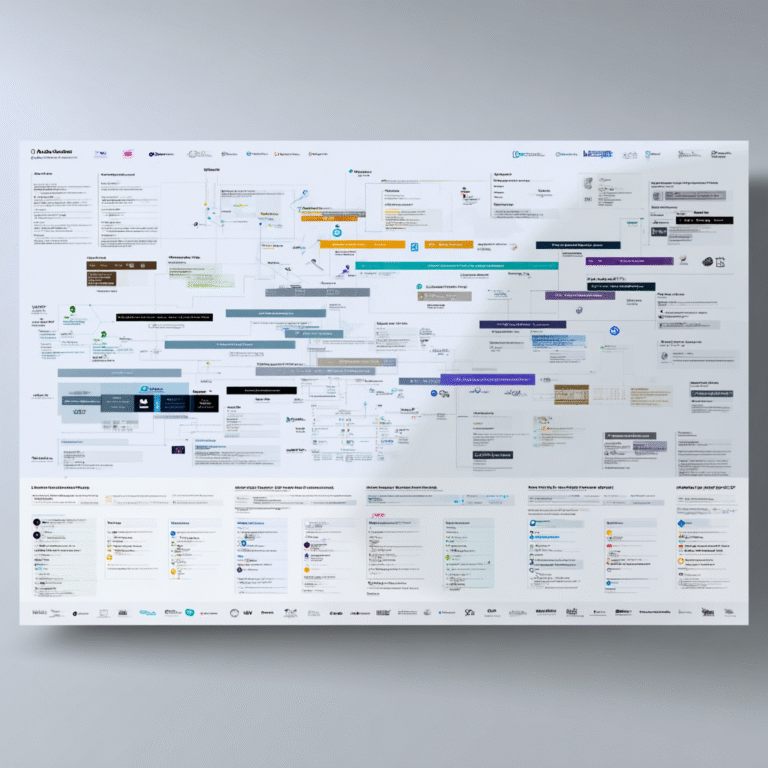





In a job market constantly reshaped by technology, building future-proof skills is no longer optional. The path to mastering Human-Computer Interaction (HCI) offers not only job security but a chance to be at the forefront of designing user-friendly digital experiences. This guide provides a clear, actionable roadmap, breaking down the exact skills, strategies, and steps you need to enter and thrive in this high-demand career.
Key Skills You Will Master
✓ User Research Techniques – You will gain the ability to conduct effective research to understand user needs and behaviors, because insights from real users are essential for creating intuitive interfaces, making you a valuable asset in any design team.
✓ Prototyping and Wireframing – You will learn to create prototypes that visualize design concepts, because hands-on prototypes help bridge the gap between ideas and implementation, unlocking new job opportunities in UX design and product management.
✓ Usability Testing – You will master the art of evaluating designs through user testing, because identifying usability issues early can significantly enhance user satisfaction and drive product success, increasing your earning potential in the UX field.
✓ Interaction Design Principles – You will understand how to design interactive elements that engage users effectively, as a deep knowledge of interaction design enables you to create compelling user experiences that stand out in the competitive tech landscape.
✓ Accessibility Standards – You will learn to ensure that products are usable by individuals with diverse abilities, because creating inclusive designs not only meets legal requirements but also broadens your audience, positioning you as a leader in ethical design practices.
Your Strategic Advantage in the Job Market
Mastering Human-Computer Interaction alone is powerful, but your true strategic advantage comes from ‘skill weaving.’ Imagine combining your HCI expertise with knowledge in areas like machine learning or data analytics. You don’t just become a User Experience Designer; you evolve into a Data-Driven UX Strategist capable of crafting personalized user experiences through advanced analytics—a role increasingly sought after as companies strive for deeper user engagement.
With the digital economy projected to reach $23 trillion by 2025, the need for skilled HCI professionals who can adapt to emerging technologies will only grow. By integrating your HCI skills with complementary domains, you can create a unique professional profile that stands out in a crowded job market.
Who Will Benefit Most From This Skill Path?
This career path is an ideal fit for:
- Creative Problem-Solvers who thrive on designing intuitive products that resonate with users.
- Tech Enthusiasts eager to apply their passion for technology to improve digital interfaces and experiences.
- Mid-Career Professionals in fields such as design, marketing, or software development looking to pivot and enhance their skill set with user-centered design principles.
Your Personalized Next Step
Feeling inspired? The journey to a new career begins with a single step. Discover your strengths and identify your unique path forward by taking our free, 10-minute AI-powered skills assessment. Get your personalized roadmap and turn ambition into action today.







Leave a Reply